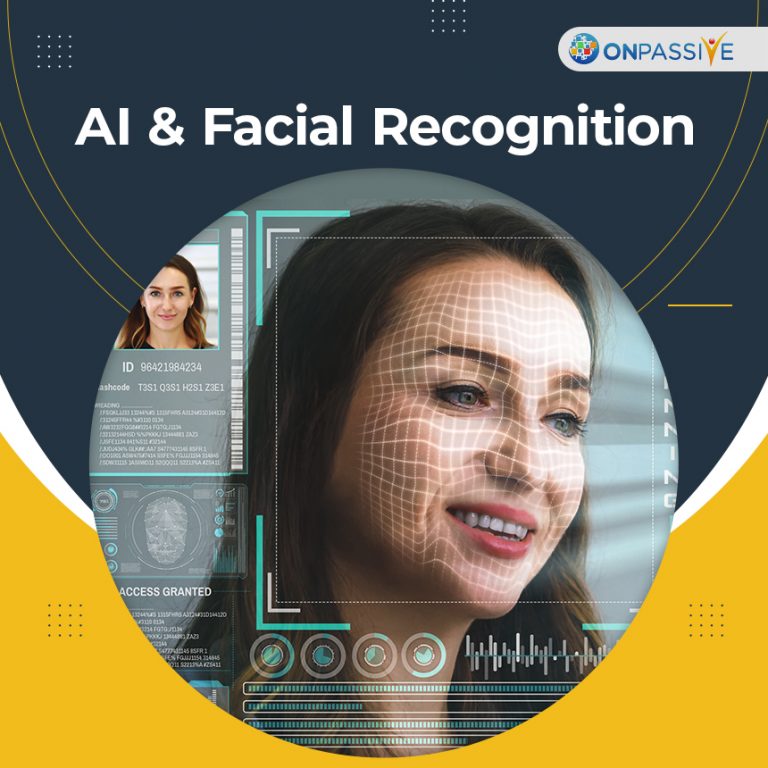
Face recognition gained a lot of attention in sci-fi movies that used them to track the fleeing protagonists across cities and countries. Tracking them with uncanny accuracy and keeping them on the run all the time. It did of course look like something that was not really possible but Facial recognition has indeed become a norm all around.
AI-driven Facial recognition systems are now used across various industries for various purposes. The advantages of facial recognition are getting understood and its uses are being amplified to add value to various services.
One of the major uses is in the security applications in various industries. As it was integrated into the recognition system to monitor and store records, it built-in on its applicability as well.
But how does facial recognition really work? What is the technology behind this non-intrusive and yet highly efficient biometric verification system?
Intricately built Biometric Softwares enables facial recognition that helps to map and create face prints that are stored to be used for comparisons with live images. Deep learning algorithms are used to blend image processing and machine learning to make facial recognition a reality.
Image processing with Computer Vision
Computer vision is the vital factor in image processing that automates the system to differentiate between the image of an inanimate object and a human face. This is very much akin to the human visual functionalities
The computer interprets images in the values of 0 to 255 and the 3 primary colours Red, Green, and Blue. Using these values a matrix is formed creating a pixel value with varying intensity based on the elements of the matrices.
Different faces have different ratios of length and width. This gives is the uniqueness of our looks. It is this unique dimension of every face that is captured in the data systems as numerical values called as a “feature vector“.
A feature vector comprises of various features like the facial dimension in length and width, the complexion, dimensions of the lips, nose, forehead, and other features. All of these dimensions are represented in numerical form which is then stored into the data systems.
Machine learning works on deriving the feature vector easily by labeling out the various features of the face. It matches the algorithms of the new feature vectors with those stored in the data system to identify the right match.
Apart from this Machine learning also works on operating the Face recognition system. There are multiple software’s in the market that works on Face recognition and there is a good possibility that every software will have a specified operation method to achieve the end result.
The first step in the operation is to detect the face. Though a direct angle was required earlier for accurate recognition, it is no longer the case as varied angles too make it possible to detect a face and read the dimensions.
Once the face it detected, the dimensions are detected to determine the values and analysed to identify the unique features. The dimensions are then converted into numerical values to create the “faceprint”
This face print which is as unique as a fingerprint is then compared to the stored data to find the match. Though it seems like a long process with multiple levels of checks, this detection, comparison, and identification happen in a fraction of seconds.
Some of the top class facial recognition software in the market are Deep Vision AI, SenseTime, Amazon Rekognition, Trueface, Facefirst, Cognitec, Face++, Kairos, Inferdo face detection, Lambda Labs, Animetrics Face Recognition, Microsoft Computer Vision API, and others
Conclusion
Facial recognition has been integrated into the authentication systems of numerous industries including health, finance, and emotion detection in various online interactive platforms. Face recognition has evolved beyond the forensic use and its usability is increasing every passing day with newer technology being introduced and implemented on a day on day basis. With the growth of various AI based tech giants, there is a good possibility of personalizing every interaction and every platform with facial recognition, identifying the person and tallying it with the right sets of data to give best experience.


